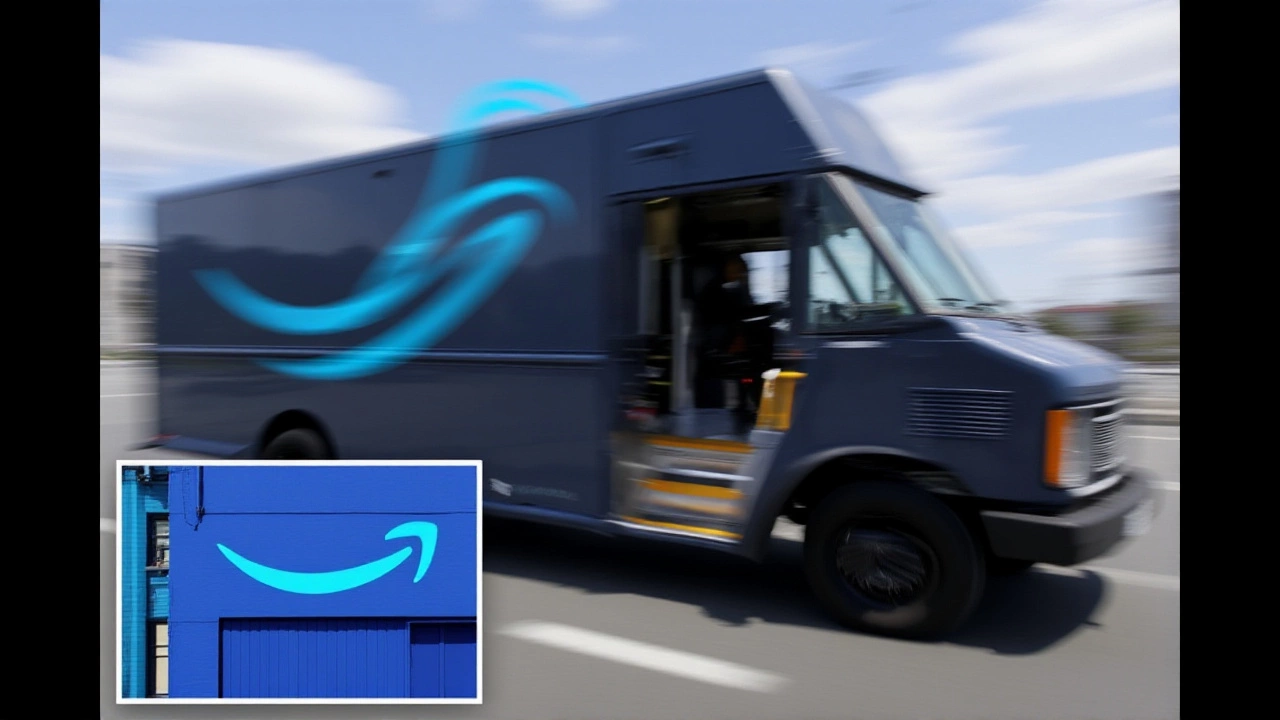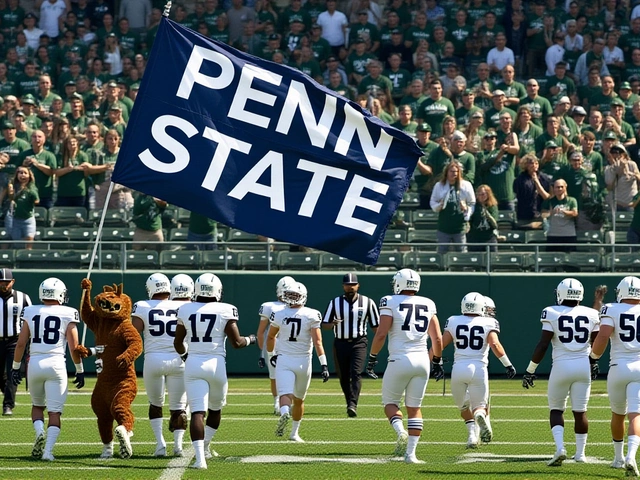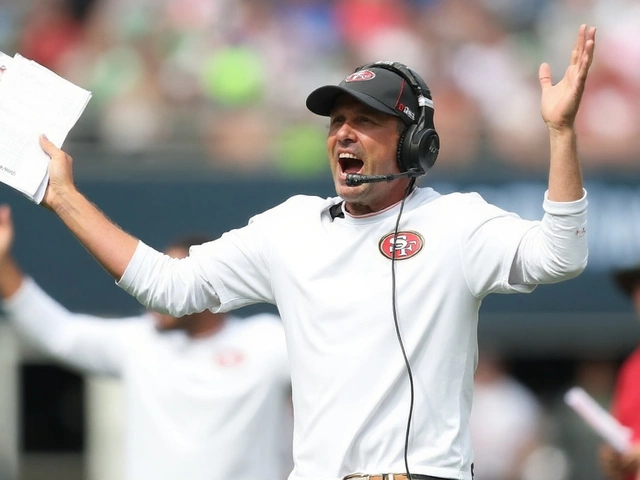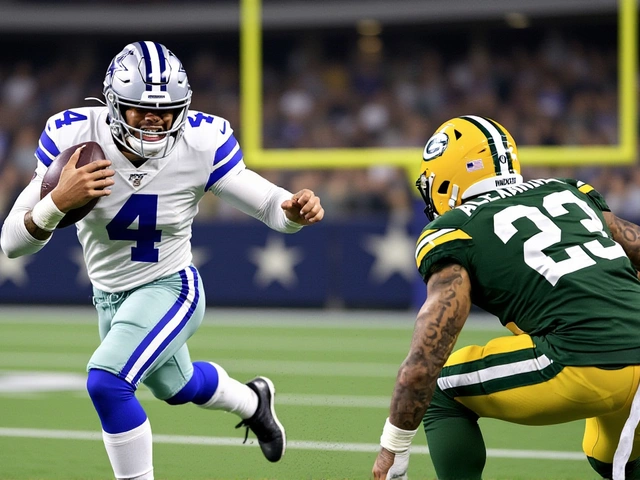When Federal Trade Commission announced a historic $2.5 billion settlement with Amazon.com, Inc. on September 25, 2025, shoppers across the United States braced for a wave of refunds.
The decision came out of Washington, D.C., where Commission Chair Lina M. Khan led a unanimous 3‑0 vote to approve the order. The settlement targets the way Amazon packaged its Amazon Prime membership, accusing the e‑commerce giant of using misleading enrollment flows that slipped millions of customers into paid subscriptions they never intended to keep.
Background: Why the FTC Went After Amazon
The investigation traces back to a 2022 FTC probe that uncovered so‑called “dark‑pattern” designs—bits of code and copy that nudge users into clicking the wrong button. Those patterns re‑appeared on the Universal Prime Decision Page, the Shipping Option Select Page, and even the single‑page checkout in the years that followed.
Under the Restore Online Shoppers' Confidence Act (ROSCA), the FTC has the authority to pursue deceptive subscription traps. This is only the third ROSCA case to feature a civil penalty, and the first with a penalty as large as $1 billion.
The Settlement Details
In a stipulated final order filed with the United States District Court, Amazon agreed to:
- Pay $1 billion in civil penalties—the biggest ever for an FTC rule violation.
- Set aside $1.5 billion for direct consumer redress, covering roughly 35 million eligible shoppers.
- Revamp its checkout experience with a clearly labeled “No, I don’t want Free Shipping” opt‑out button.
- Show transparent disclosures about Prime pricing, auto‑renewal dates, and cancellation steps.
- Offer a cancellation method that mirrors the enrollment path and isn’t costly or time‑consuming.
- Fund an independent third‑party monitor to oversee the refund distribution for at least three years.
The redress will be disbursed in two waves. The first wave automatically refunds up to $51 to users who enrolled via a “challenged enrollment flow” between June 23, 2019, and June 23, 2025, and who used fewer than three Prime‑exclusive benefits. Those payouts must hit accounts within 90 days of the court’s sign‑off.
The second wave targets a broader group—any subscriber who either used a challenged flow or failed to cancel when they tried, provided they didn’t enjoy ten or more Prime‑exclusive perks in any 12‑month span. Those consumers will need to file a claim through a dedicated online form after the automatic payouts cease.
Reactions from the Parties Involved
Amazon’s press release framed the settlement as a “step forward for consumer clarity.” The company pledged to roll out the new checkout design by Q4 2025 and to cooperate fully with the independent monitor.
Consumer‑advocacy groups, however, voiced skepticism. Consumers Union said the $42.86‑average refund felt “piecemeal” compared with the billions of dollars Amazon earned from Prime subscriptions during the disputed period.
FTC attorney Jonathan Cohen told reporters that the agency’s goal was not just monetary restitution but also a “lasting redesign of how subscription offers are presented online.”

Impact on Shoppers and the Market
For the average American, the settlement translates into a modest check—often less than a monthly grocery bill—but the precedent could reshape the entire subscription ecosystem. Analysts at Morgan Stanley predict that other large platforms—streaming services, software vendors, even ride‑hailing apps—may revamp their sign‑up screens to avoid a similar fate.
From a legal standpoint, the case reinforces the FTC’s willingness to leverage ROSCA’s civil‑penalty provisions. Law professor Erik M. Galston of the University of Virginia noted that “the $1 billion penalty sends a clear message: deceptive enrollment designs won’t be tolerated, especially when the revenue at stake is in the tens of billions.”
What Happens Next?
The stipulated order doesn’t become law until a judge signs it, a step expected within weeks. Once approved, Amazon must begin the first wave of automatic refunds within 90 days and submit a compliance plan for the new checkout flow by the end of December 2025.
Meanwhile, the independent monitor—selected from a shortlist of three firms—will publish quarterly compliance reports. Those reports will be public, giving consumer watchdogs a clear view of whether Amazon sticks to the new rules.
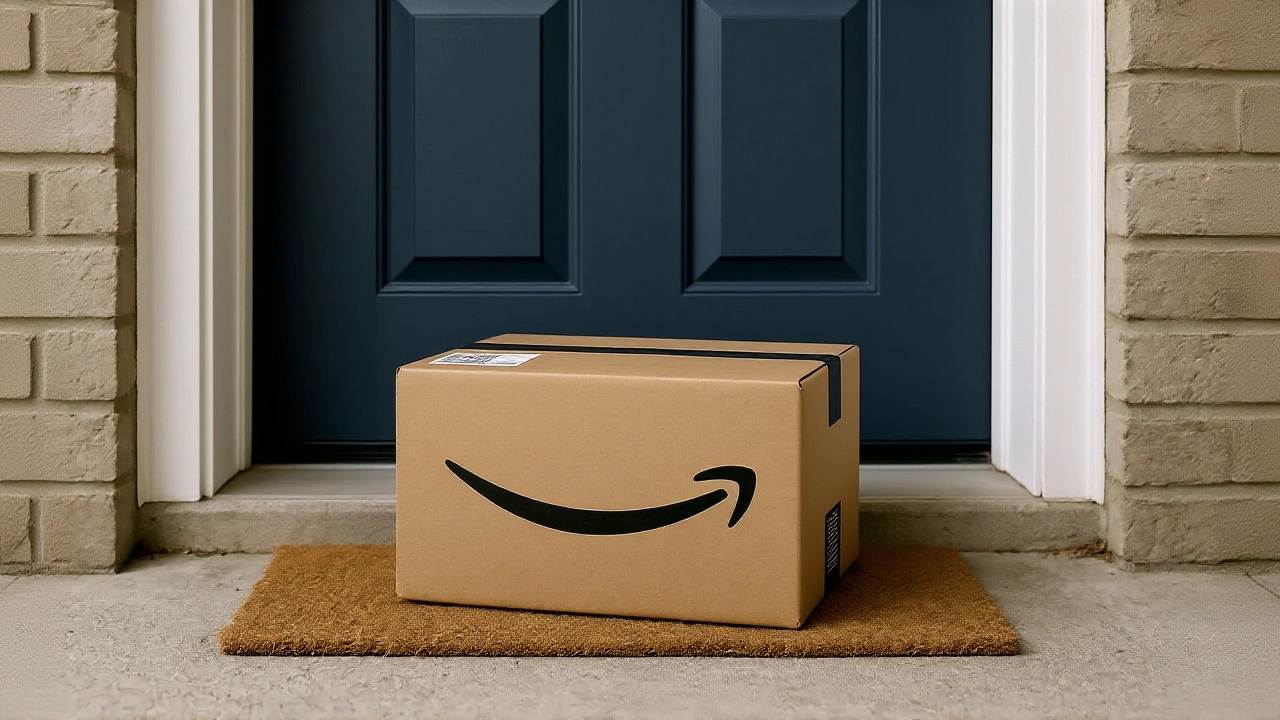
Historical Context: From 2018 ROSDA to 2025 Settlement
ROSCA was enacted in 2018 after a series of high‑profile subscription traps, including a notorious case involving a health‑supplement website that auto‑renewed hidden memberships. The FTC’s first major ROSCA enforcement action targeted a fitness‑app company in 2019, resulting in a $250 million penalty. The Amazon case dwarfs those earlier actions both in monetary size and in the number of affected consumers.
It also reflects a broader shift toward stronger consumer‑protection enforcement under Chair Khan, who took the helm of the FTC in June 2021. Since then, the commission has pursued high‑tech firms on issues ranging from data privacy to deceptive advertising, signaling a more aggressive stance on digital market practices.
Frequently Asked Questions
How will consumers know if they’re eligible for a refund?
Eligible shoppers will receive an email from Amazon detailing the amount they’ll receive in the first wave. For the second wave, a link to a claims form will be posted on the Amazon Prime help page, and the FTC will also run a public awareness campaign.
What changes will Amazon make to its checkout process?
The new flow will feature a clearly labeled opt‑out button that uses plain language—no more cryptic “No, I don’t want Free Shipping” phrasing. All fees, renewal dates, and cancellation steps will be displayed in a bold, unobtrusive banner before the user confirms the purchase.
Will the $1 billion penalty affect Amazon’s pricing?
Analysts say the penalty is unlikely to raise Prime’s subscription price directly, as Amazon can absorb the cost within its massive profit margins. However, the company may look for other ways to offset the expense, such as tightening its logistics network or adjusting advertising spend.
What does this settlement mean for other online services?
The case sets a new benchmark for enforcement under ROSCA. Companies offering recurring subscriptions—think streaming platforms, software-as-a-service tools, or even subscription boxes—will likely audit their sign‑up flows to avoid similar penalties.
How long will the independent monitor oversee compliance?
The FTC’s order requires monitoring for a minimum of three years. The monitor will issue quarterly reports, and any breach could trigger additional fines or enforcement actions.
